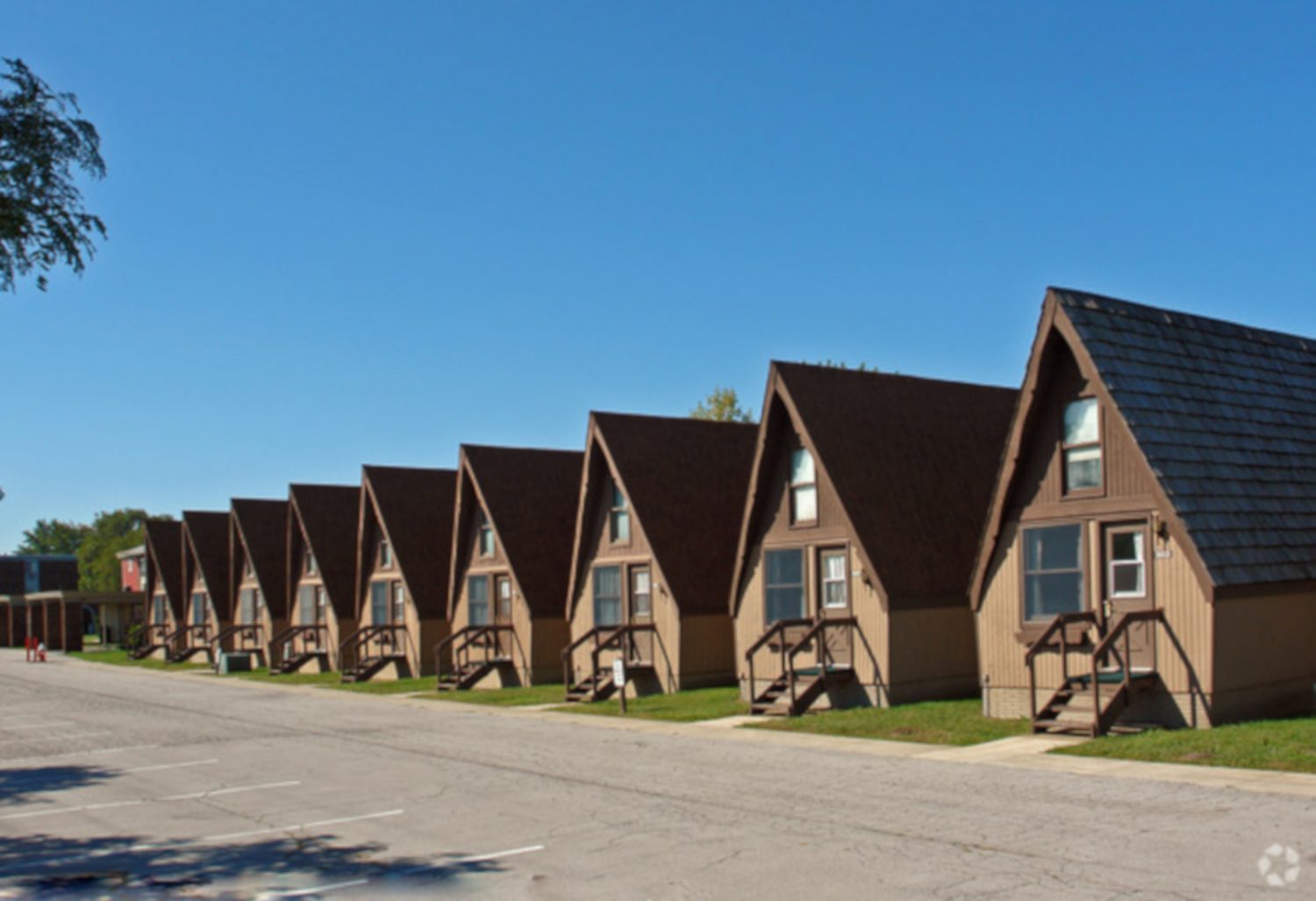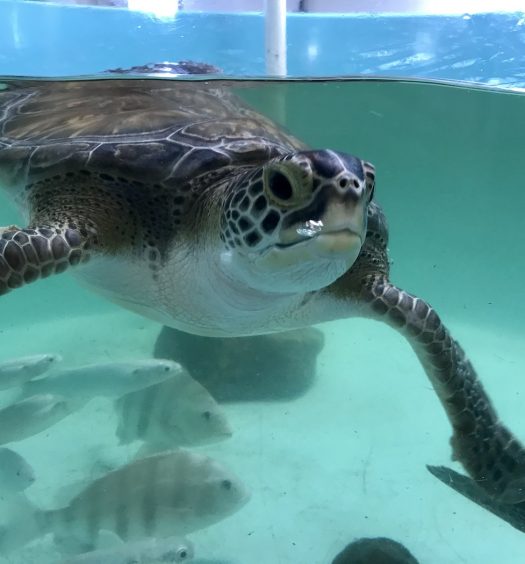Continuing his series of articles on the attractions industry, International Theme Park Services (ITPS) president Dennis Speigel looks at how dormitories and other forms of staff accommodation are increasingly being utilised by parks, as they have been in the past, to help with staff recruitment and retention
By Dennis Speigel
IT HAS been interesting to observe and participate in the building of our industry.
One of the greatest aspects of our global industry is the people who work in it. This is particularly true of the young people – students from high school and college. When I started to work at the Coney Island Amusement Park in Cincinnati, Ohio, I was in my teens, actually junior high school. I was 13-14 years of age. I took money at the admissions gate and got to work with a lot of wonderful people, some of whom are still in the business. It was a great job and I worked all through high school and college at Coney Island.
In the 60s and 70s, a few amusement parks had to house students on site in order for the student workers to be able to get to work. One of the first amusement parks to have a fully-fledged student dorm programme was Cedar Point in Sandusky, Ohio. Located literally at the top of the northern end of Ohio on Lake Erie, the park was definitely at a remote location. It was the only attraction in the area, remote as I said, and was difficult for seasonal workers to get to, ergo the dorms.
Times were different back then. This was years before co-ed college dorms would come into vogue. Cedar Point had male and female dorms. The amazing feature was the barbed wire rolls of fence that were between the dorms to keep students from sneaking into each other’s territory! I can recall my first visit to Cedar Point in 1968. I saw the dorms and the barbed wire and recall it looking like a stalag. I can’t say I was shocked, but I was surprised. When I asked about the programme, the reasoning given to me made sense; to keep the boys and girls separated at night!
As we moved into the 70s in theme park development in America, the decade of greatest growth for theme parks, the industry hired thousands of students. Six Flags, Kings Parks, Marriott, Worlds of Fun, Disney, SeaWorld, Hershey Parks, just to name a few, all recruited and employed high school and college students. During those decades, there were plenty of recruits to hire. The international labour market for hiring has steadily declined through the last four decades, while the competition from shopping malls, fast food restaurants and other seasonal jobs has also shrunken the labour pool. The shortening of park daily operations has also been affected by the lack of seasonal employees. For example, high schools in many cities in America are getting out of school later in the spring and going back earlier during the peak season, summer. “The changing of school operating schedules has had a definite impact on hiring and keeping employees,” said an operations manager for Cedar Fair. To cope, park operators have utilised workers from Eastern Europe during the last 10+ years. They are good workers and are reliable. However, the issues of securing work permits and travel costs have impacted the foreign work programmes and these are is now dwindling.
Now dormitories are once again an important feature for parks. Cedar Fair is utilising dorms at most of its parks, Six Flags is utilising dorms at several of its parks and Disney has dorms for its interns and employees from abroad. Its programme offers maintenance free living and housing ranges from $111 to $200 per week based on the size of the apartment. Costs include all utilities, cable, waste and local phone service. Some living quarters accommodate up to eight renters per apartment and transportation to the parks is free.
So, are dorms coming back to help accommodate the shrinking seasonal employee work force? Yes, is the answer. Not all parks are faced with the need yet, but those that are, are finding that dormitories once again fill an important need that helps parks staff their seasonal labour force pre, mid and post season.
We all know our employees are the life blood of our park’s operations – smiley, friendly, gregarious. It is imperative that the parks do everything they can to keep our hosts and hostesses happy. If it takes on-site housing in the future to make this happen like it did decades ago, so be it. Without these smiling ambassadors, we are just bricks and mortar.
Dennis Speigel is president of International Theme Park Services (ITPS), based in Cincinnati, Ohio, USA. A past chairman of the International Association of Amusement Parks and Attractions (IAAPA), he has over 50 years of experience in the theme park and leisure industry. Since its inception in 1983 ITPS has worked on over 500 projects in 50 countries and is uniquely qualified to assist in all aspects of entertainment project development.


















